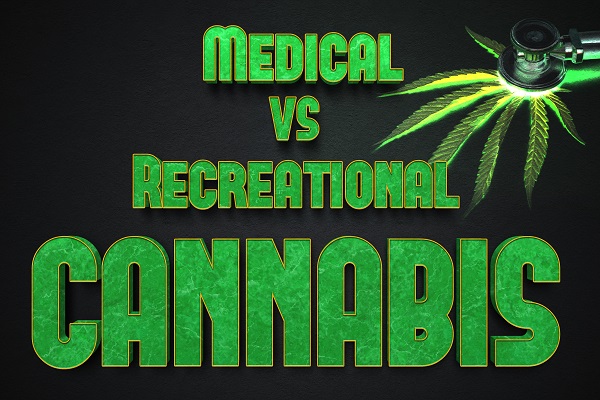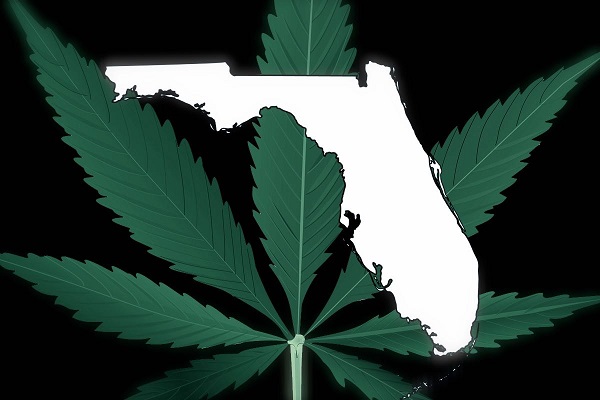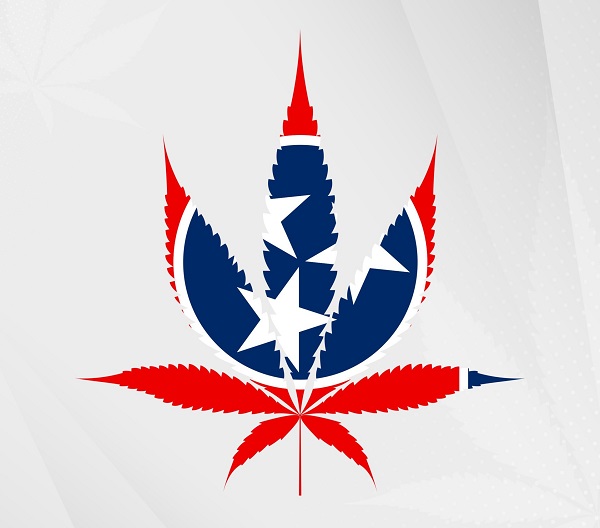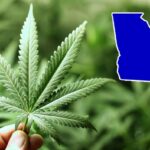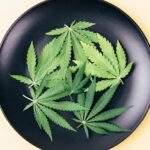More and more countries and states in the U.S. are legislating the use of cannabis for medicinal purposes, and some are even legalizing its recreational use. However, we need to understand the differences between medicinal and recreational cannabis and how meaningful they are.
Over the years, we have promoted research on the medicinal properties of cannabis. Although medicinal cannabis was used thousands of years ago, knowledge of its beneficial properties has, for a variety of reasons, faded into the background. Nowadays, however, the natural medicine is making a comeback.
At the same time, cannabis is the most widely used recreational drug worldwide. According to a UN Office on Drugs and Crime report, cannabis is more popular than heroin, cocaine, amphetamines, MDMA and other illicit substances. Thus, this widespread drug also has medical uses. The question arises as to what the exact differences are between recreational and medical uses of cannabis and how meaningful those differences are.
The difference between medicinal and recreational cannabis in ancient times
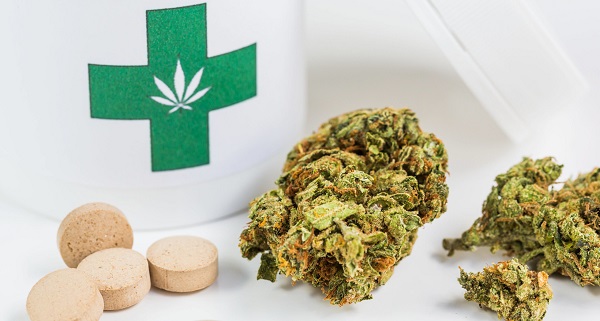
Cannabis has had a multifaceted effect on humanity for thousands of years. There are archaeological findings and ancient texts indicating that the use of hemp and cannabis was common long before Christ.
China is home to some of the oldest evidence of cannabis use. Remains of hemp cloth and pottery decorated with hemp rope have been found. According to radiometric dating, these cultural relics are about 6,000 years old and belong to the Yangshao culture. Ancient Chinese medicine also mentions cannabis, and other texts describe the plant as «liberator of sins» and «giver of pleasure».
Another ancient text, written around 1400 B.C. by Hindus, probably also mentions cannabis as a plant that «reveals the gods». These texts, according to Richard Rajley, author of The Lost Civilizations of the Stone Age, contain words that are very similar to ganjik and bhang. These terms are still widely used in Asia and East Africa as synonyms for cannabis.
Cannabis, marijuana and cannabis museums in Amsterdam and Barcelona also show the long history of cannabis and cannabis use. The exhibits in these museums show that the medicinal, recreational, spiritual, and industrial uses of these plants have long coexisted without problem.
Cannabis was simply an existing plant, and it was up to each individual to decide what to do with it.
Political differences between medicinal and recreational cannabis
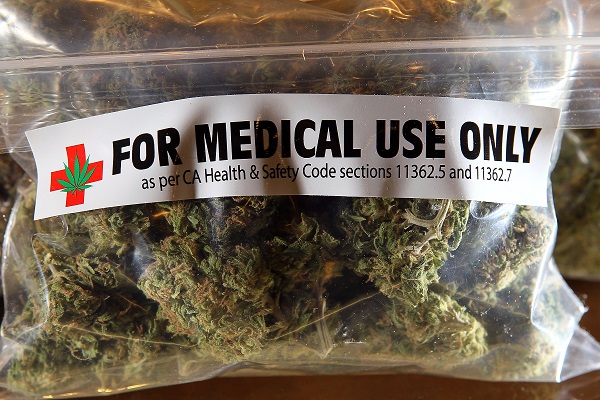
To date, there are several theories about the original reason for cannabis prohibition. This topic will be explored in this blog. All of these theories are based on the fact that the «Marijuana Tax Act of 1937» was passed. This bill was the famous finale and led to the global prohibition of cannabis and cannabis.
Now, nearly 80 years later, cannabis prohibition is slowly beginning to ease. Politicians are becoming increasingly aware of the injustice of imprisoning people for using a plant that is no more dangerous than alcohol or tobacco. The beneficial properties of cannabis are also being rediscovered, as confirmed by modern scientific research. Thus, it becomes clear that this plant has many beneficial qualities.
All of this leads to medical cannabis being legalized in more and more places. However, recreational use of cannabis is still against the law. Thus, there is now a division between medical and recreational uses of the cannabis plant, although for centuries the different uses of the plant have coexisted peacefully.
Differences between varieties of cannabis
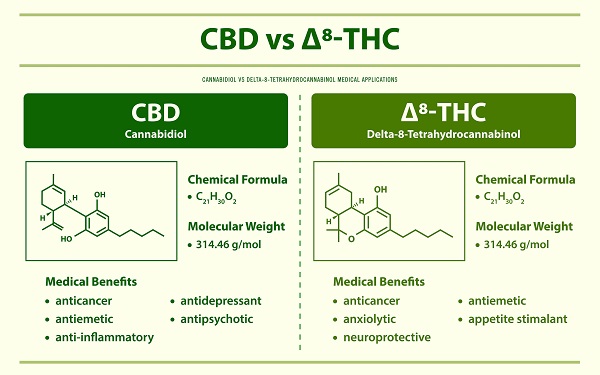
Cannabis sativa and cannabis indica are two different names for cannabis species. From a taxonomic (and legal perspective) point of view, there is no distinction between indica and sativa, all cannabis plants are considered Cannabis Sativa L. However, these terms are often used in the industry and among consumers to distinguish the characteristics of particular cannabis varieties and their effects.
The differences between varieties have to do with different combinations of active ingredients. Cannabis contains many cannabinoids that affect the human body and brain. Some of the best known and most studied cannabinoids include tetrahydrocannabinol (THC), cannabidiol (CBD) and cannabinol (CBN). THC is the main psychoactive substance in cannabis, and CBD has a sedative effect and balances the effects of THC. CBN has both sedative and psychoactive effects.
Cannabis indica strains are usually characterized by calming and relaxing properties. They are popular for achieving relaxation and inducing sleep. Indica is also effective in treating spasticity and muscle stiffness, such as in multiple sclerosis and Parkinson’s disease, and helps with chronic pain, joint pain, insomnia and neuropathy.
Cannabis sativa varieties, on the other hand, tend to have more energizing and uplifting effects. They are considered more effective for treating nausea (e.g. during chemotherapy or HIV/AIDS treatment), appetite problems, migraines, depression, chronic pain and similar symptoms. However, the differences between medical and recreational cannabis strains depend entirely on the needs of the user.
Any type of marijuana can be used for medicinal or recreational purposes. In addition, CBD is generally considered a medicinal cannabinoid because it has no psychoactive effects and is not usually used for recreational purposes. THC, on the other hand, is most associated with recreational cannabis use, but also has medicinal properties.
Differences in the uses of recreational and medical cannabis
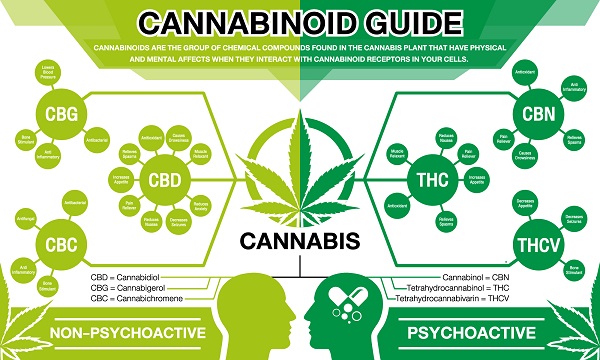
Cannabis can be used in many different ways. Smoking a joint was once the most common way to use cannabis, but industry expansion has spawned many other methods, some of which are just as popular as smoking. However, inhaling burning cannabis (and tobacco for those who mix) is not considered the healthiest or most medicinal option. Fortunately, with the advent of legalized medicinal cannabis, more attention has been paid to the various ways in which the active ingredients are ingested.
Vaping cannabis is a popular alternative. Since there is no combustion, only the active ingredients and very few harmful byproducts such as benzene, tar and carbon particles are released. Only the active compounds are released into the bloodstream by inhalation. Vaporization produces a very clean effect that works quickly.
Cannabis can also be easily used in all kinds of foods and beverages. However, it is difficult to dose properly and it takes a long time for the effects to manifest . Herein lies the danger of inadvertently taking too much.
All of these methods are used for both recreational and therapeutic purposes. The desired effect and purpose determine the choice here as well. There is one exception: CBD oil. This cannabis extract is used primarily for medicinal purposes.
Does the human body understand the differences in cannabis?
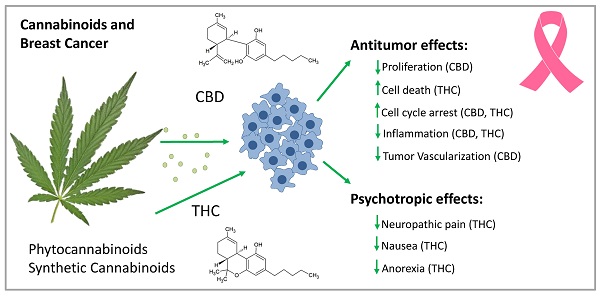
All animals have an endocannabinoid system, and humans are no exception. This system includes many receptors that respond to two main substances. So far, scientists have identified two types of receptors: CB1 and CB2. CB1 receptors are found in the central nervous system, while CB2 receptors are predominantly present in the immune system. Studies have shown that the endocannabinoid system affects many functions in the body including endocrine function, metabolism, energy balance, pain, emotional memory, appetite and nervous processes.
Cannabis acts in synergy with our natural endocannabinoid system. This explains why cannabis is not only a recreational drug, but also a medicinal plant that can alleviate or even cure many diseases.
The main purpose of this interaction is to maintain homeostasis – the body’s ability to maintain a stable balance despite exposure to external factors that can upset this balance. People are often unaware of an imbalance and are unaware of the body’s response to restore balance until they become ill, when the imbalance becomes noticeable.
Scientific research has shown that endogenous cannabinoids play an important role in maintaining homeostasis, and therefore it is suggested that cannabis can activate the endocannabinoid system and favorably influence many imbalances in the body.
Differences in the social understanding of cannabis
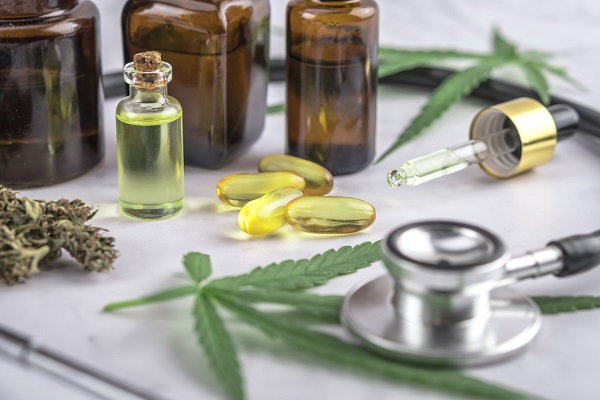
From the beginning of the cannabis legalization movement, many people strongly opposed the idea. They did not trust it because of the lack of scientific research supporting its medicinal properties and did not understand how it could be used medicinally. Over time, however, there has been a lot of research on cannabis and its medicinal properties, as well as an understanding of how it could be used in modern medicine.
The growth in public knowledge and understanding of cannabinoids has led to greater acceptance of medical cannabis and less stigma associated with its use. However, this does not apply to its recreational use. Although a number of countries have legalized it for recreational purposes, such use is still not as widespread as for medical purposes. Judgment arises and many countries only allow cannabis for medical purposes, not recreational use.
Often patients who use cannabis for medical purposes reject the possibility of recreational use, perhaps to preserve the high value of medical cannabis. However, there is hardly a person who uses cannabis for recreational purposes who does not support its use for medical purposes. This is confirmed by the results of a recent survey of special statistical organizations, which showed that support for the legalization of cannabis seems to be lower when it comes to recreational use.
The poll shows that 72% of Americans support the legalization of medical marijuana and only 50% support the legalization of recreational marijuana. This shows the difference in how the general public accepts cannabis for medical and recreational purposes.
Conclusion
Now, after looking at some of the areas where people often discuss medical and recreational cannabis use, we can conclude that the differences between the two are minimal. They have more to do with politics and public opinion than with scientific facts.
There are many similarities between medicinal and recreational cannabis. Even users for medicinal purposes may experience some enjoyment from its use, so it can be said to be somewhat recreational in nature (though not entirely). Similarly, recreational users sometimes use cannabis to reduce stress and improve sleep, which could be considered a therapeutic quality.
Thus, the answer is ambiguous and is somewhere in the middle. Although there are several pharmaceuticals that are also used for recreational purposes, cannabis shows the most potential for combining the two uses.
Do you think there is a difference between medicinal and recreational cannabis? Leave a comment below.

